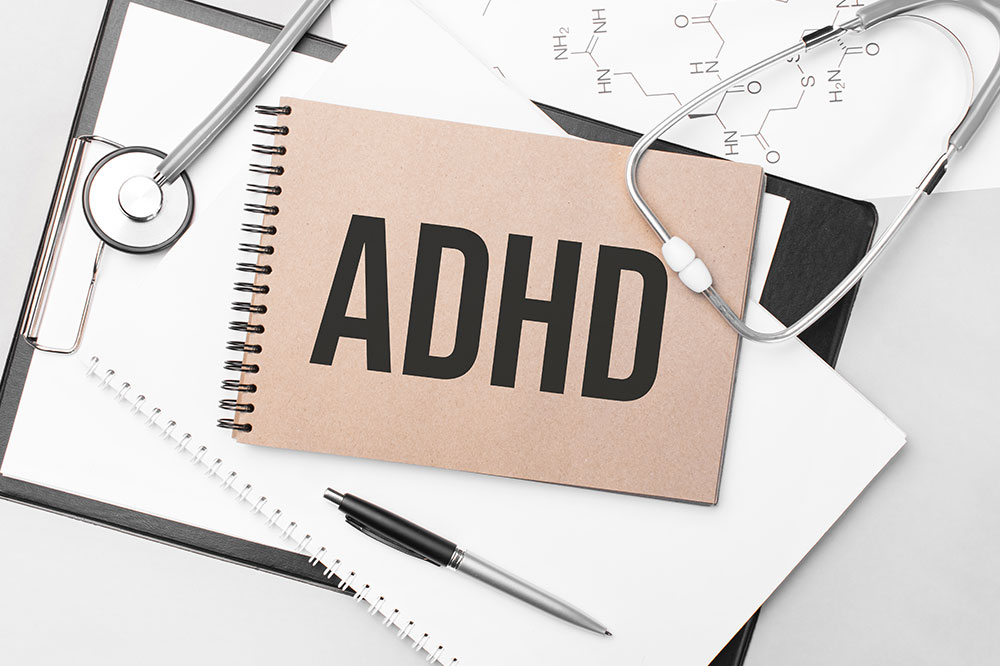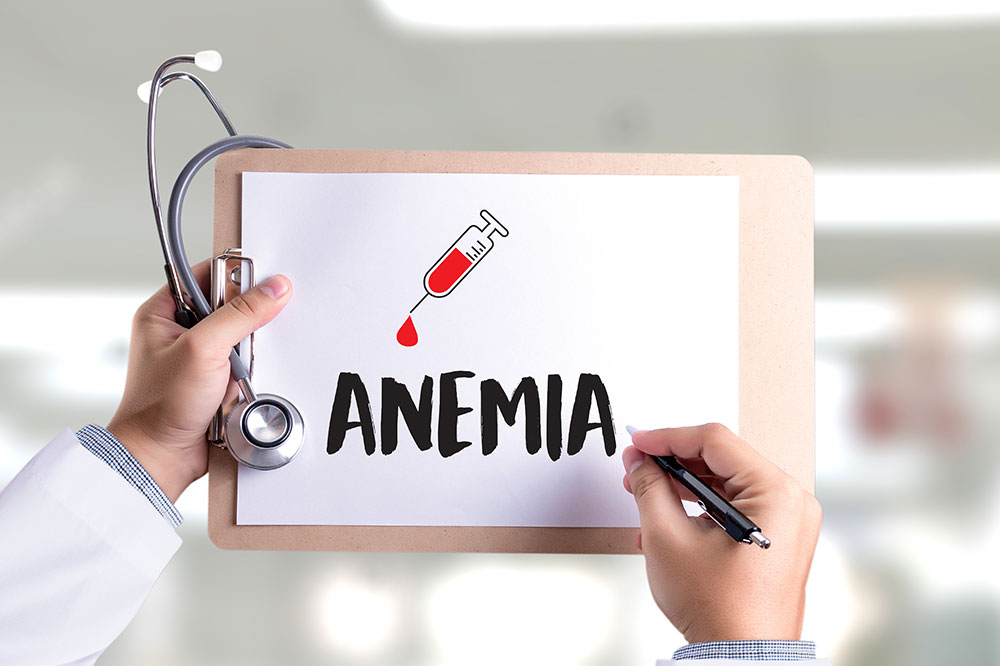10 tips for a smooth moving experience

An individual may be required to move within the same neighborhood, city, or to another state for various reasons. In either case, the process is usually accompanied by mixed emotions, including excitement and nervousness. Several variables further heighten the emotions to look into when an individual moves, which could be time-consuming. However, with the right practices, one can ensure the process is worry-free. Here are 10 helpful tips to ensure a smooth moving experience.
Set a timeline
The first essential tip to remember is that any packing and moving process requires a timeline. Without this, the entire procedure usually goes haywire. The individual should start planning at least two months in advance, depending on their belongings and other work, as it gives them ample time to handle all the necessary tasks without needing to rush. The person should also split timelines into specific phases, such as packing, sorting, hiring movers, and unpacking.
Declutter
Decluttering a space and downsizing belongings is one the best ways to make the moving process more seamless. Before moving, an individual should evaluate their possessions and decide what to keep, donate, sell, or discard. One can get rid of items that they have not used in the past year or longer. Doing so can reduce the number of items that need to be packed, which could save on costs and make the new space feel less crowded and more organized.
Purchase packing supplies
One will require packing supplies in advance to ensure a smooth moving experience. A few recommended products include packing tape, bubble wrap, packing paper, markers, and furniture covers. Keeping the materials handy can help avoid last-minute scrambling and ensure a more efficient packing process.
Create an essentials box
While one might have several things packed in boxes, one must create an essentials box first. The box should contain everything they might require immediately upon arrival at their new home. A few essentials in the carton may include toiletries, documentation, a change of clothes, and other items one may require during the first day or two in the new space.
Hire professional movers
If one has the budget, one ought to consider hiring professional movers. Such professionals are helpful when it comes to heavy lifting and transporting belongings. One should conduct ample research to find the ideal moving service. This includes reading customers’ reviews, obtaining multiple quotes, discussing timelines, and other essential information before hiring a company. A professional mover onboard will help streamline the packing and moving process and offer increased peace of mind.
Notify the relevant authorities
If one is moving, one should notify the relevant authorities about the move. They should update their address with the post office and also notify the bank and insurance company. One should also change the address for any subscriptions they may have, including magazines and food supplies. One can also inform their family, friends, employer, or school about the updated contact information as required.
Label boxes clearly
It’s easy to remember what went into the box when packing it. However, when there are several boxes at the new home, one is likely to get confused about the location of each item, making the unpacking experience extremely difficult. Therefore, one must properly label each box to make them easier to identify. For example, one can use color-coded labels or detailed descriptions and also mark fragile items. The individual can also use these notes to indicate which room each box belongs to.
Protect valuables, plants, and pets
One may have valuables such as jewelry, important documents, and heirlooms in their possession. These must be packed separately and transported personally to avoid misplacing them. Moreover, if an individual has plants and pets, they can make special arrangements for their transport. There are various services available to help keep plants safe and pets safe while moving from one home to another.
Inspect the new home
Before initiating the moving process, one should ensure the new home is properly inspected. An essential check includes seeing if the paperwork is in order and checking for pre-existing damages or issues that need to be addressed by the renter or seller. These should be documented and communicated with the previous homeowner or landlord and resolved accordingly.
Dispose of packing materials properly
Once one has moved into the new home and unpacked all of one’s belongings, one must ensure the packaging materials are disposed of properly. Multiple moving companies offer services like taking away used boxes and packing materials. One can also try and recycle them according to the local guidelines. Alternatively, one can repurpose some of the packing materials to create DIY crafts for their new space.






